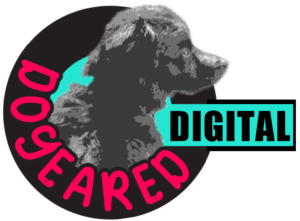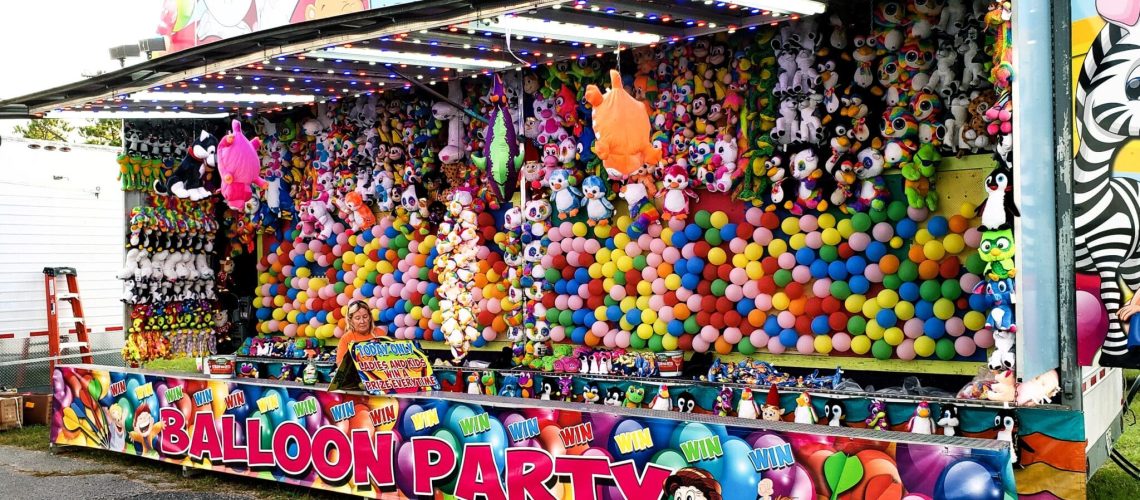What if your next marketing campaign felt more like an engaging game than a broadcasted message? Gamification applies game mechanics like points, status, challenges and rewards to drive deeper engagement.
Though often associated with badges and leaderboards, gamification empowers brands to transform mundane activities into captivating experiences that satisfy intrinsic human motivations.
Integrating creative game elements into your content marketing inspires audiences to move from passive consumption to active participation. Gamification builds community through friendly competition, enables self-expression through challenges, and allows benchmarking progress with real-time feedback.
This post explores 10 gamification approaches along with real-world examples and optimization tips to engage your audience. Let’s unlock memorable marketing that feels like play!
1. Incentivize Social Sharing
Rewarding users who promote and share your content on social media is an easy way to expand reach. Well-structured incentives like contests, leaderboards and loyalty programs can motivate users to actively spread brand awareness and recommend products organically.
Examples:
- Ecommerce retailers can run monthly contests awarding gift cards to customers who tag or share products.
- B2B brands can maintain quarterly leaderboards showing users with the most social shares.
- Associations can provide loyalty points to members who share blogs, events, and resources on social media.
2. Poll Your Audience
Interactive polls keep audiences engaged while providing valuable insights into their preferences and opinions. Structured polling around topics like new products, brand initiatives, or industry trends allows you to tap into your audience for feedback while increasing website traffic and social engagement. You can create polls on all the major channels: Instagram, LinkedIn, Facebook, X, and TikTok.
Examples:
- Media publishers can ask followers to vote on the next investigative article topic.
- Software companies can survey users annually on feature requests. To incentivize participation, poll participants can unlock gated resources.
- Retailers can ask for feedback on new products and designs before launch.
3. Launch Quizzes, Calculators, and Decision Trees
Interactive quizzes, calculators, and decision trees add engagement to your content while providing practical value to users. Quizzes test knowledge and get users invested in content by prompting them to actively recall and apply information. Calculators and decision trees allow users to input their personal data and situation to receive customized recommendations and insights.
Examples:
- Airbnb partnered with Domino magazine to create an online quiz that matched users to a “Design Personality” and corresponding decorating trend, gamifying the experience to drive engagement with Airbnb’s brand and travel inspiration.
- Liberian peace activist Leymah Gbowee partnered with TaskRabbit to create an interactive calculator that estimated the monetary value of unpaid domestic work, gamifying the experience to raise awareness of gender inequality in household labor.
4. Create Choose-Your-Own-Adventure Content
Interactive “choose your own adventure” stories with branching video or graphic content increase engagement. Users make choices that bring them down different narrative paths until reaching various endings.
Examples:
- Molton Brown created an online choose-your-own-adventure game called Albin’s Adventure where users could win prizes by helping the protagonist retrieve gifts, gamifying the brand experience to drive engagement.
5. Recognize Superfans
Publicly recognizing and showcasing your most passionate fans helps foster community while satisfying users’ desires for status and recognition. Spotlights, leaderboards and social media features that celebrate top reviewers, referrers and creators highlight achievements and tap into competitive motivations.
Examples:
- Food brands can feature top monthly reviewers on product packaging.
- Tech events can spotlight speakers and volunteers on on-site leaderboards.
- Online communities can showcase profiles of longtime members.
6. Give Users a Sense of Status
Displaying users’ progression through statuses, badge collections and titles taps into people’s innate drive for progress and achievement. Visual indicators of increasing rank, especially badges denoting new levels, skills and accomplishments, signal growth and prestige.
Examples:
- Fitness companies can provide trophies when users complete monthly distance or workout challenges.
- Online course platforms can designate Expert or Guru badges for students who pass assessments.
- Gaming sites can give leveled profile frames based on the number of mods contributed.
7. Launch AR Filters on Instagram
AR filters on Instagram are a creative, interactive way to engage and entertain audiences. Filters with branded elements, games, and quizzes grab attention while conveying personality. AR filters look fancy, but are actually fairly easy and cost-effective to create.
Examples:
- The New Yorker created an augmented reality filter that reveals the imagined inner thoughts of everyday objects drawn by cartoonist Liana Finck, gamifying the experience to engage users with their cartoons in an interactive way.
8. Show Social Comparison
Enabling users to compare performance metrics against peers taps into innate competitiveness. Charts, leaderboards and achievements that showcase usage data relative to other customers’ stats motivates users to improve.
Examples:
- Apps can display usage leaderboards spotlighting the most active users.
- Software companies can benchmark customers against industry data averages.
- Gyms can showcase top performers across different fitness metrics on in-location displays.
9. Launch Creative Challenges
Prompt participation in creative contests, hashtag campaigns and quizzes to rally your audience around goals. Challenges that require users to flex skills in content creation, problem solving and subject expertise harness competitive motivations.
Examples:
- Nonprofits can challenge supporters to film videos on advancing social causes.
- B2B brands can issue hackathon-style challenges to build product capabilities.
- Restaurants can prompt patrons to post food photos on Instagram for prizes.
10. Make Referrals a Competition
Incentivizing referrals with contests, leaderboards and tiered rewards drives increased sharing and advocacy. Structuring referral programs to feel like games, with points, public recognition, surprise bonuses and competitive elements, keeps outreach fun.
Examples:
- Retailers can challenge existing customers to refer friends for discounts.
- App makers can reward users with credits for each successful invite and maintain ongoing public leaderboards.
Get Creative with Gamified Marketing
Implementing game mechanics in your content marketing drives higher motivation by satisfying users’ core psychological needs. Tapping into competitive spirits, desires for progression, and cravings for recognition compels audiences to engage more deeply.
With the right incentives and creative formats, you can transform passive viewers into active brand advocates. Interactive challenges give users a sense of agency, while data-driven tracking enables optimization.
Gamify your next campaign to tell more immersive stories, gain valuable insights, and boost bottom-line metrics from referrals to retention. By making your content feel more like play, you create memorable, rewarding experiences for your audience.

